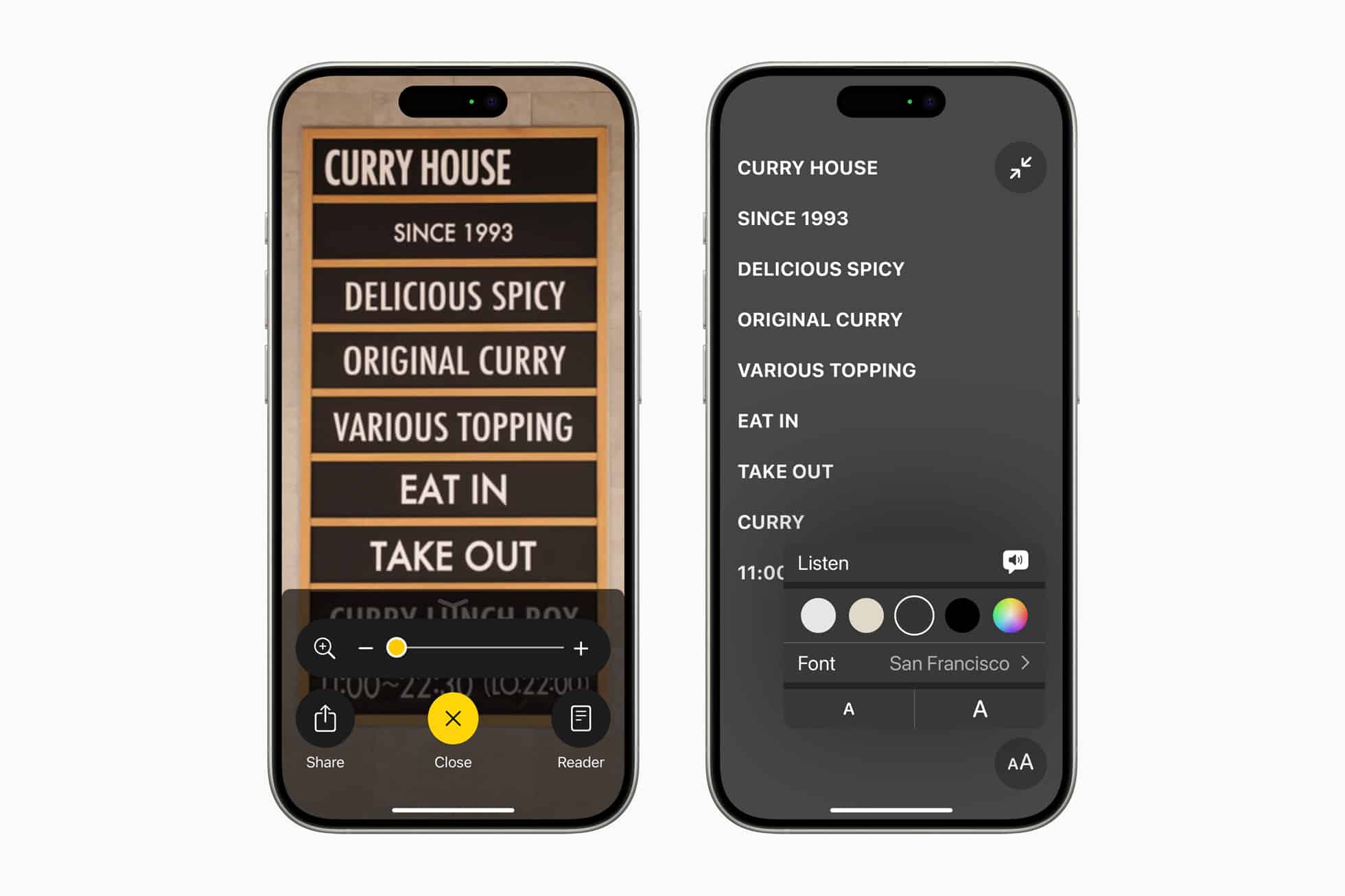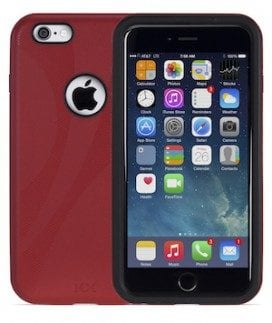
Apple provided a preview of what’s coming in the next versions of iOS and iPadOS today, announcing a slate of impressive new accessibility features.
Eye Tracking
Headlining these new accessibility features is the ability to control your iPhone or iPad with your eyes. Apple says the new Eye Tracking feature is powered by artificial intelligence and uses the front-facing camera to track where users are looking on the display. Eye Tracking then translates this information into an instantaneous hover over the display elements you’re focusing on.
If this sounds familiar that’s because it’s similar to how navigating visionOS works on Apple’s mixed reality headset, the Vision Pro. However, on iPhone and iPad, the feature is primarily designed for users with physical disabilities that otherwise prevent or interfere with their ability to touch navigate via touch.
Apple says the Eye Tracking feature sets up and calibrates in seconds and uses on-device machine learning to allow users to navigate their devices hands-free across iPadOS and iOS apps without additional hardware or accessories.
Music Haptics
For those who are deaf or hard of hearing, Music Haptics uses the Taptic Engine on iPhone to play taps, textures, and refined vibrations to the audio of music. Apple says Music Haptics works across millions of songs in the Apple Music catalog and will be available as an API for developers.
Vocal Shortcuts
Apple is expanding upon its Siri integration within the Shortcuts app with a more powerful feature in Vocal Shortcuts. Designed for users with acquired or progressive conditions that affect speech—such as cerebral palsy, amyotrophic lateral sclerosis (ALS, or stroke—Vocal Shortcuts allows iPhone and iPad users to assign custom utterances that Siri can understand to launch shortcuts and complete complex tasks.
iOS 18 and iPadOS 18 will also enable Atypical Speech which enhances speech recognition with the ability to recognize a wider range of speech.
Motion Sickness Aid
A new feature called Vehicle Motion Cues is designed to reduce motion sickness for passengers in moving vehicles while using their iPhone and iPad. Using animated dots on the edges of the screen, the feature works by creating a visual representation of changes in vehicle motion for those that suffer with motion sickness, which is caused by a sensory conflict between what a person is seeing (in this case a device that is still) and what they are feeling (the changes in motion of the car).
New CarPlay Accessibility Features
Accessibility features coming to CarPlay include Voice Control, Color Filters, and Sound Recognition. According to Apple, “with Voice Control, users can navigate CarPlay and control apps with just their voice. With Sound Recognition, drivers or passengers who are deaf or hard of hearing can turn on alerts to be notified of car horns and sirens. For users who are colorblind, Color Filters make the CarPlay interface visually easier to use, with additional visual accessibility features including Bold Text and Large Text.”
Additional Accessibility Updates
Additional Updates
- For users who are blind or have low vision, VoiceOver will include new voices, a flexible Voice Rotor, custom volume control, and the ability to customize VoiceOver keyboard shortcuts on Mac.
- Magnifier will offer a new Reader Mode and the option to easily launch Detection Mode with the Action button.

- Braille users will get a new way to start and stay in Braille Screen Input for faster control and text editing; Japanese language availability for Braille Screen Input; support for multi-line braille with Dot Pad; and the option to choose different input and output tables.
- For users with low vision, Hover Typing shows larger text when typing in a text field, and in a user’s preferred font and color.
- For users at risk of losing their ability to speak, Personal Voice will be available in Mandarin Chinese. Users who have difficulty pronouncing or reading full sentences will be able to create a Personal Voice using shortened phrases.
- For users who are nonspeaking, Live Speech will include categories and simultaneous compatibility with Live Captions.
- For users with physical disabilities, Virtual Trackpad for AssistiveTouch allows users to control their device using a small region of the screen as a resizable trackpad.
- Switch Control will include the option to use the cameras in iPhone and iPad to recognize finger-tap gestures as switches.
- Voice Control will offer support for custom vocabularies and complex words.









